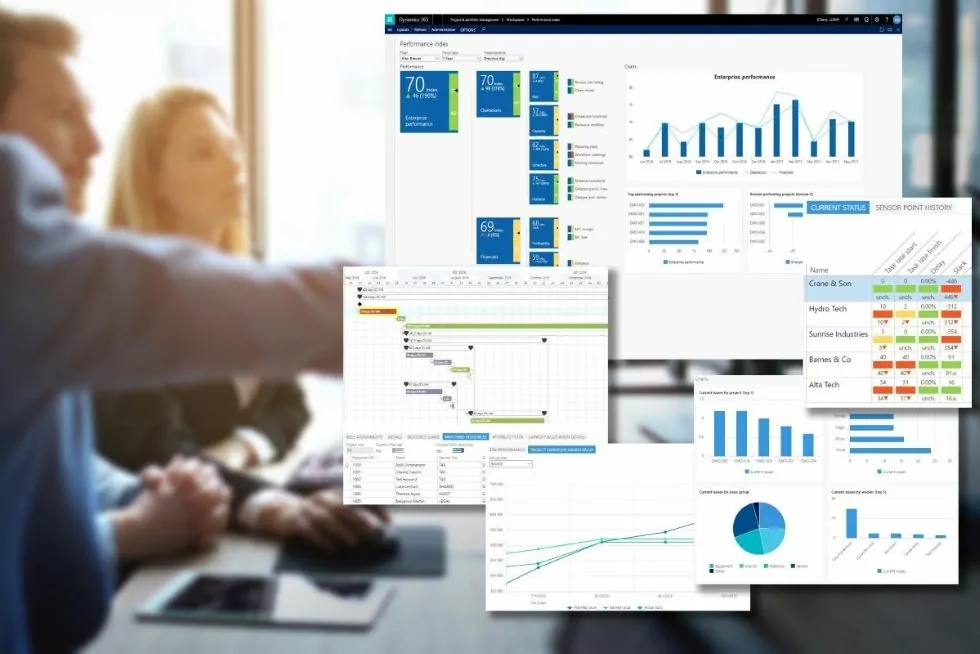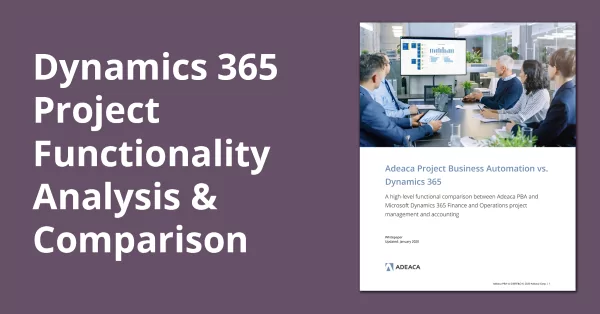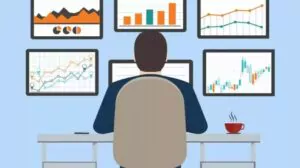This is an 8-part blog series on Microsoft Dynamics 365 Finance vs Adeaca Project Business Automation. The purpose is to analyze the Dynamics 365 ERP for the functional support you will need as a project-based company. Discover what is included in D365F and what you may need to supplement your implementation of it as a project-driven organization in the construction and engineering, ETO manufacturing, or professional services industries.
1. Microsoft Dynamics 365 Finance and Operations Was Not Built for Project Businesses
2. Budget Management: Microsoft Dynamics 365 Finance vs. Adeaca PBA
3. Month-End Process: Microsoft Dynamics 365 Finance vs. Adeaca PBA
4. Cost Control: Microsoft Dynamics 365 Finance vs. Adeaca PBA
5. Project Scheduling: Microsoft Dynamics 365 Finance vs. Adeaca PBA
6. Issue and Risk Management: Microsoft Dynamics 365 Finance vs. Adeaca PBA
7. Resource Management: Microsoft Dynamics 365 Finance vs. Adeaca PBA
8. Project Insight and Analytics: Microsoft Dynamics 365 Finance vs. Adeaca PBA
When your business’ products and services are delivered through projects, it’s critical to be able to accurately plan those engagements while managing resources, risks, deadlines and other related supply chain activities. To do so, Project Businesses need real-time visibility into their operational project management in order to practice proper project governance.
As mentioned in our previous blogs, project-based companies spend way too much time translating, consolidating and validating data from multiple point solutions they employ to manage their project operations. Not only does that require a significant budget to manage the overhead costs of each application and tool, but the manual integration process can lead to mistakes and delays. Operating in standalone project management solutions that are not integrated often leads to important decisions being made based on unreliable and outdated information.
Our previous blog comparing Microsoft Dynamics 365 Finance project management and accounting to Adeaca Project Business Automation (PBA) analyzed the cost-control functionality part of project financials. This blog will look at another specific project management functionality: project scheduling.
Microsoft Dynamics 365 Finance
While we love Dynamics, after all our product is built on it, we also recognize that it doesn’t meet the specific needs of Project Businesses. D365F offers only the most rudimentary project scheduling capabilities. For simple project planning with limited task hierarchy, D365F works, but anything more than that is going to prove challenging. The work breakdown structure (WBS) lacks even basic components like predecessor types, constraint types, scheduling direction, capacity settings, graphical Gantt support, drag and drop planning, critical path, milestones and deadlines.
Adeaca Project Business Automation
Unlike D365F, Adeaca Project Business Automation (PBA) features a sophisticated WBS that’s based on scheduling principles known from best-of-breed scheduling solutions like Microsoft Project and Oracle Primavera P6. Designed to handle every aspect of your project schedule, Adeaca PBA offers seamless integration with project financials, project accounting, project supply chain and D365F in general.
Projects can be scheduled with or without capacity constraints, and project capacity plans may be based on detailed individual resource assignments or aggregated job function assignments. In addition, machinery, tools, and equipment can be capacity managed at a detailed or aggregated level.
With Adeaca PBA, projects are scheduled individually or in prioritized batch lists. A Gantt chart combined with traffic light sensor points provide instant insight into project plans and potential problems. PBA allows you to leverage the project schedule to accurately build a labor budget, time-phased earned value estimates, and generate cash flow projections.
Above and beyond D365F, Adeaca PBA adds the following capabilities (and more) to project scheduling:
- Finite capacity, automatic and manual capacity leveling
- Capacity units
- Baseline tracking
- Remaining work and progress tracking
- Milestones and deadlines
- Gateway reviews
- Complex networks
- Critical path view
- Supply chain status view
- Resourcing status view
- Graphical Gantt chart
- Complex predecessor links (FF, SS, Lag, overlap, etc.)
- Complex constraint types (must start on, finish no later than, etc.)
- Drag and drop scheduling
- WBS change tracking
- Schedule sensor points
- Activity backlog tracking
- Project planning workspace
Check out this updated Whitepaper on Dynamics 365 Project Operations – the recent release from Microsoft that is an enhancement and combination of the previous D365 Finance project management and accounting module (PMA) and Project Service Automation (PSA).
This whitepaper provides a high-level overview of the functionality contained in Project Operations and compares it to Adeaca Project Business Automation. Understand exactly what capabilities are included, what you need, and how to get them.
Successful Project Businesses Demand a Project-Based Solution
In order to deliver better outcomes for your customers, you need to gain control and visibility over your projects. By eliminating standalone project management applications and adopting an all-in-one solution that manages your projects in real time on one cloud platform, you’re able to better connect and collaborate across the entire organization. Adeaca PBA is built right into D365F, but specifically designed with complete operational project management for Project Businesses.











